Chinese New Year in Wuyishan. Part 1: The Journey through Fujian Province
Chinese New Year - or Spring Festival - is a major celebration on the Chinese mainland. New Years Day falls on the first new moon of the year and families continue to celebrate all through the week. In 2018, Chinese New Year's Day was February 16th. When I awoke for a six am train ride on February 17th, the air was thick and gray from a night of mass travel and billions of fireworks.
Xiamen North Train Station. February 2018
Having only been in the country for a week or so, I wondered if contamination was mixed with a bit of morning fog. It seemed too heavy to have come so quickly. It didn't take long into the 330-mile journey on China's high-speed train to realize that the dusty blanket hanging over the villages and farmland streaming by was not burning off with the sunrise.
Fujian Province. February 2018
I have auto corrected the lighting on many of the photos because of the smog. I don't like to edit the photos I post but in this case, it was the only way to ensure that you could see a lot of the subject matter. I think the extent of pollution is still visible. Just in case, below is an untouched photo from the trip. They were not all this bad and those where the subject matter is still visible I have posted without adjustment.
The train ride across the Fujian province to Wuyishan was fascinating. At first, I couldn't help but wonder about the proportion of the particulates in the air that would be absorbed by the vegetables stretching, uncovered, across so much of the land outside my window. Vegetables that would later end up at marketplaces and on kitchen tables; at my marketplace and on my kitchen table. How much of the ash would fall into the waterways, sink through the river beds and alter the chemical makeup of the surrounding organic material for months or even years to come?
Fujian Province. February 2018
Of course, I knew China struggled with air pollution. This was the first time it had been so visible in Xiamen, otherwise known as "the most liveable city in China." In the days before, millions of families had traveled back to their hometowns. Trains, planes, and automobiles crisscrossed the country, packed full of travelers eager to see their loved ones and enjoy the traditional New Years Eve seafood feast. This transit - known as the 'great migration' - was the major cause of the grayness over the world that day. The other was that each of those families had probably set off round after round of firecrackers. Local governments put on additional large displays for their cities and towns. When a country has 1.4 billion people, traditions with environmental impacts that seem negligible elsewhere can leave hefty footprints behind.
Fujian Province. February 2018
The farms streaming passed my window were similar in appearance to those I had seen in South Korea, although many more of the Chinese gardens were covered.
Fujian Province. February 2018
Fujian Province. February 2018
I also couldn't help but notice that many of the buildings we passed, buildings that seemed to stand more in clusters than in towns, appeared to be empty.
Fujian Province. February 2018
Many seemed windowless, leaving them with an almost haunting and hollow vibe, while others were in obvious states of construction. Still, others seemed to have been completed only to begin crumbling in on themselves.
Fujian Province. February 2018
In several places, villages seemed to have grown amidst the buildings. The large empty buildings stood like idols amid stretches of shacks and fields of vegetables.
Fujian Province. February 2018
Fujian Province. February 2018
Fujian Province. February 2018
Fujian Province. February 2018
Farms, although not quite as opportunistically ubiquitous as I had found in Korea, stretched within villages, across valleys, and through the cities. There seemed to be no clear differentiation between city and countryside. Each effortlessly stretched into one another via irrigation ditches and endless rows of cabbage.
Fujian Province. February 2018
Fujian Province. February 2018
Fujian Province. February 2018
Fujian Province. February 2018
Fujian Province. February 2018
Fujian Province. February 2018
Fujian Province. February 2018
Fujian Province. February 2018
Channels of water dug into the land, connecting farms to each other and to nearby lakes. Most of the waterways seemed to have some amount of past or present construction along their banks.
Fujian Province. February 2018
Fujian Province. February 2018
Fujian Province. February 2018
Fujian Province. February 2018
Fujian Province. February 2018
We passed a few barns full of cows along the way. I have driven the California coast twice and I have driven through the Midwestern United States from East to West and North to South. Each of these trips included moments of overwhelming disgust and sadness when passing the cow factories and slaughterhouses. Animals caged side-to-side, head-to-head for nearly a mile, standing ankle deep in their own excrement. The Chinese barns had no sides, only rusted roofs and a row of stalls. Even amid the ominous layers of contamination hanging in the air, there was surely something more bucolic in these operations.
Fujian Province. February 2018
The train winded passed large fish farms that looked a bit like water parks that no one had wanted to swim in that day. Even in the most remote places we passed, the lone shack nestled into a passing valley, or the charming ranch house that sat without neighbors or services for miles around, all of the windows were outlined by the ornate steel bars I had grown used to in Xiamen. (This was one way to that many of the larger buildings seemed so empty in lifeless, their windows standing as empty black holes; wanting eyes staring into an abyss.) I had heard a rumor that the bars were not meant to keep people from breaking in, as is common in some inner city areas in the U.S., but to keep residents from attempting suicide. I do not have any direct evidence for this. I did find several articles about how high the Chinese suicide rate was, making up about 26% of suicides worldwide in 2016.
Fujian Province. February 2018
All of this was consistently framed by massive wind turbines scattered in front of a distant mountain range. (Unfortunately, the turbines are hidden behind clouds of smog in my photos. Go figure.) This was my second week in China and my first trip outside of Xiamen. I had already started to realize that there are no boxes for China in Western thought or vocabulary. Everything I had read, everything I had heard in the news, had tried to explain this land and its people using English words and Eurocentric symbols. I could already see that these had no place here. This little stretch of China to which I found myself so enchanted by, seemed neither old nor new, neither rich nor poor, neither urban or rural. It seemed at once more polluted and more natural than I had expected. I found myself feeling as if the land around me was going to be both harder to understand and more accessible than I had planned - much, as it were, as I would find the language.
Fujian Province. February 2018
Fujian Province. February 2018
Fujian Province. February 2018
Fujian Province. February 2018
Fujian Province. February 2018
Fujian Province. February 2018
Fujian Province. February 2018
Despite being New Year's Day, my train was still packed with people heading back home to their families; surely there would still be enough firecrackers for them. Despite the crowd, the early morning train ride was mostly quiet. Upon arriving at the train station, we needed to catch two buses to get to our hostel.
Wuyishan, Fujian Province. February 2018
The first one was easy to find, just outside the train station with visible signs and routes. The bus driver was less than helpful, however, when we asked how many stops were before our own. Outside my window, rows repair shops, restaurants, and family homes stood covered in red crepe paper from the previous day's explosions. (I have a great video of this - but Steemit does not seem to allow videos. If anyone knows how to put videos in posts, please let me know.) Chinese firecrackers are made from rolls of red paper stuffed with gunpowder. From what I saw that day - and for more than a few days after - there are typically several firecrackers bunched together in a box shape. After they spark and pop and hiss and sizzle, they leave a barrage of ripped red paper covering the streets, sidewalks, plants, and homes.
Stone buildings with open rooms exposed people enjoying family and food. At one point we were fairly sure that we needed to get off at the next stop - but just at that moment, we were distracted by a still burning pile of firecracker ash in the middle of the sidewalk.
There is something to that tired, lazy, and anti-social state of indifference that makes traveling in a new place much less stressful.
Wuyishan, Fujian Province. February 2018
Wuyishan, Fujian Province. February 2018
We did not get off until the bus next station. We saw the familiar sign of a McDonald's and walked through some weeds along the side of the road. After several hours of traveling without food, we happily ordered from the touch screen self-service kiosk, paying with WeChat and happily ignoring the people pretending not to stare at us. We found a local nice enough to call us a taxi. The ride to our hostel was no more than ten minutes.
Wuyishan, Fujian Province. February 2018
Wuyishan, Fujian Province. February 2018
Wuyishan, Fujian Province. February 2018
Wuyishan, Fujian Province. February 2018
We stayed at Blue Sky Hostel. I was pleasantly surprised by how clean, quiet and well equipped this hostel was.
Blue Sky Hostel lobby. Wuyishan, Fujian Province. February 2018
The room had plenty of outlets, lights, and our room had a private bathroom. The mattresses were thicker than the one in my apartment and the bedding was fresh. We were on the top floor, with a rooftop common area just outside our room. There was a small shower on the roof. I walked into the small room with low expectations - but was again pleasantly surprised. Finished wood interior with a tiled shower and plenty of hot water. There was even a walk in space to hang your clothes and to dry off. It was a lovely end to a fascinating journey.
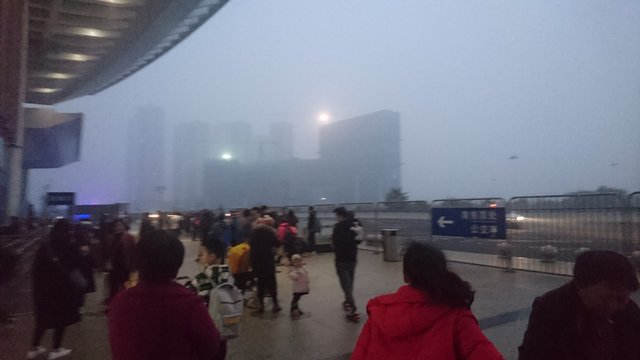
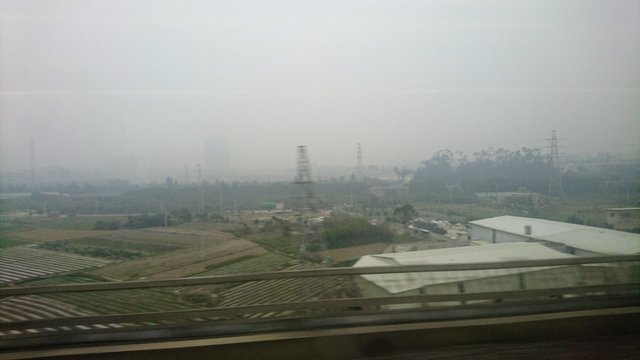
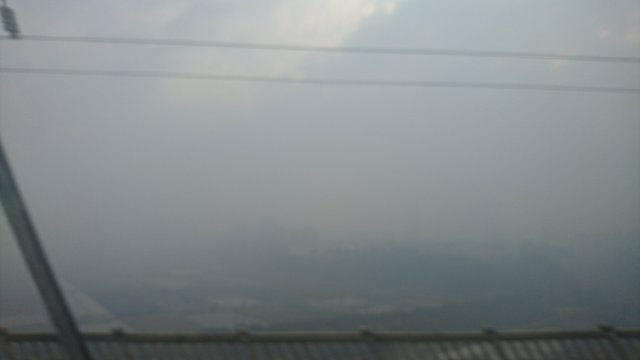
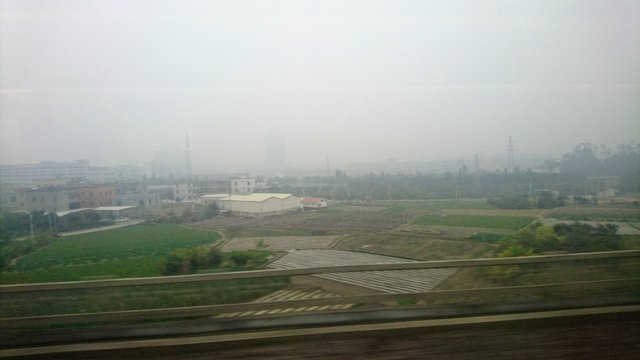
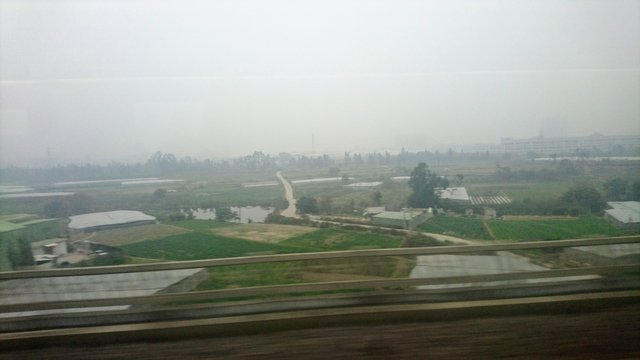
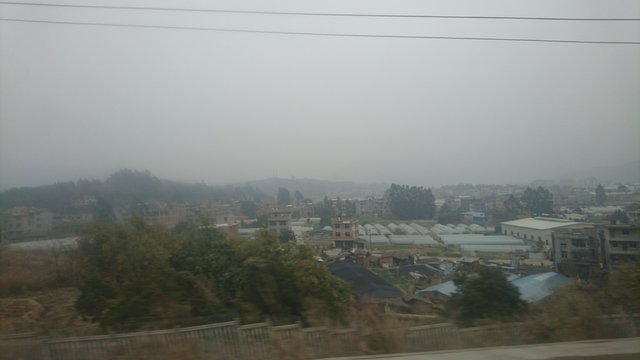
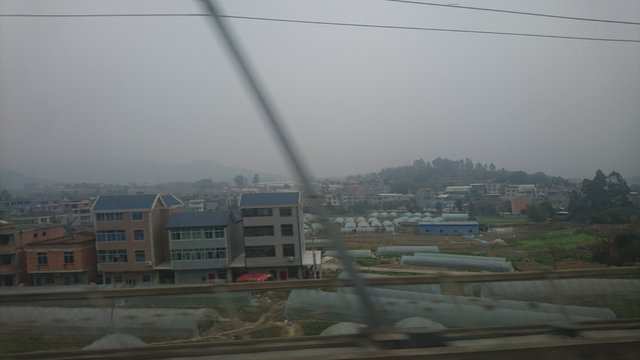
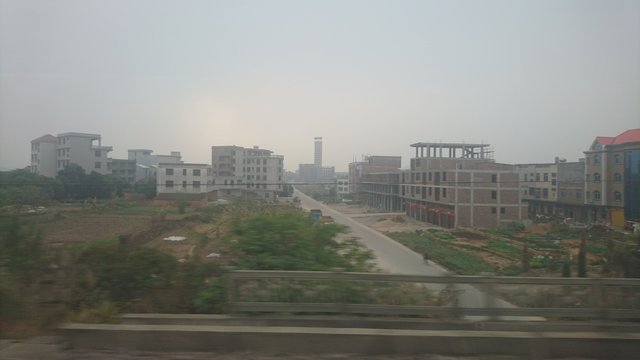
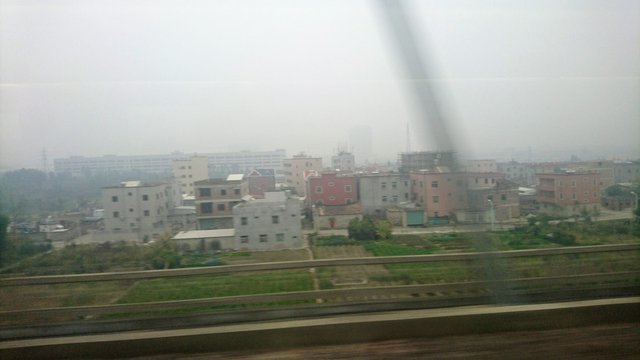
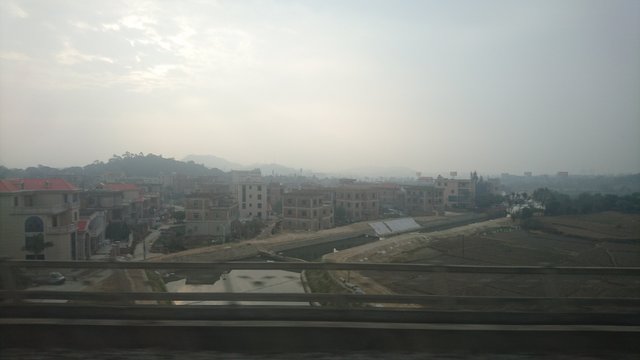
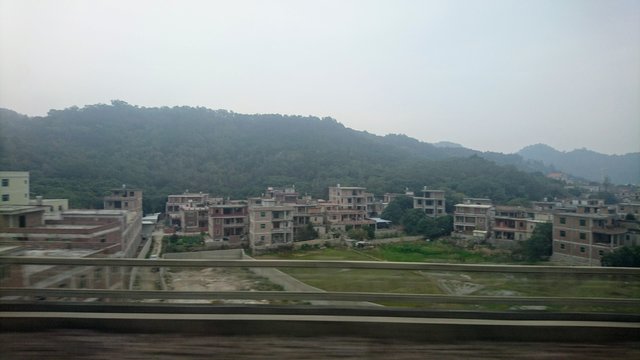
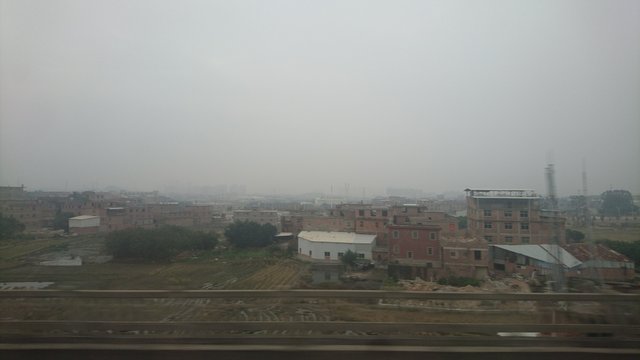
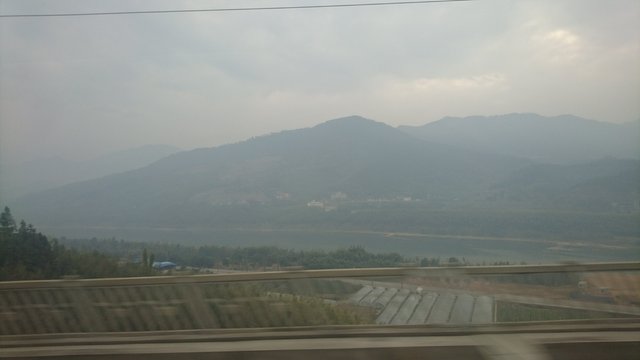
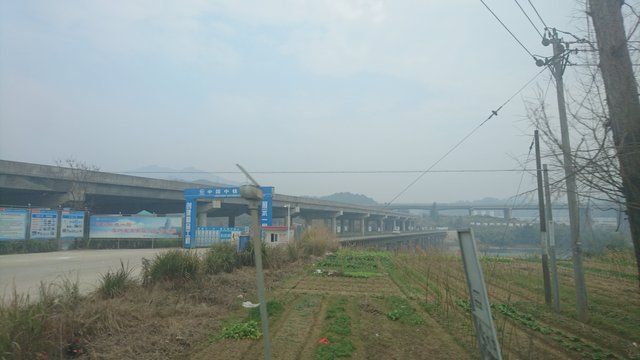
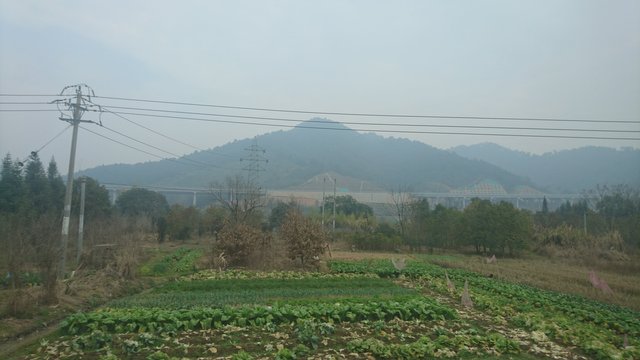
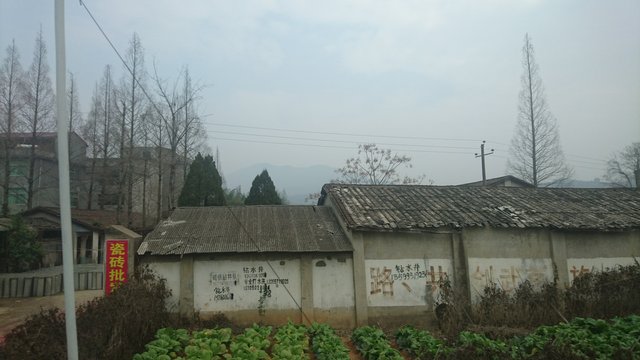
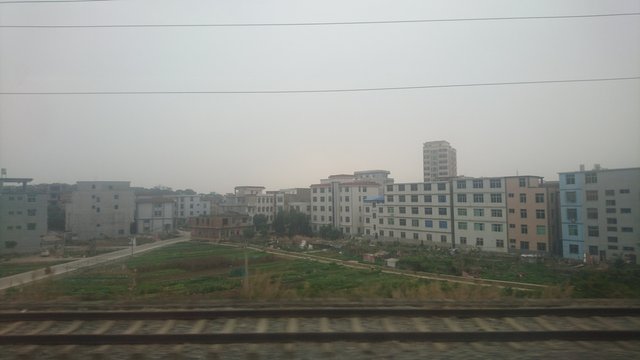
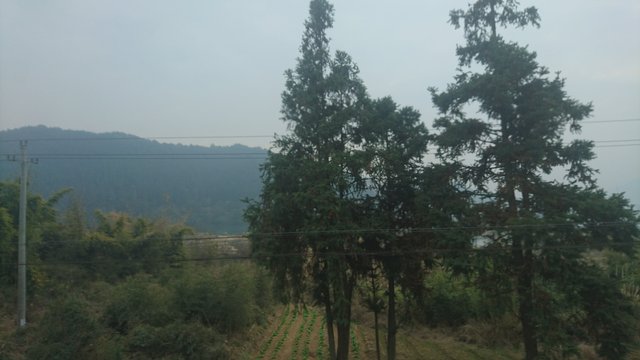
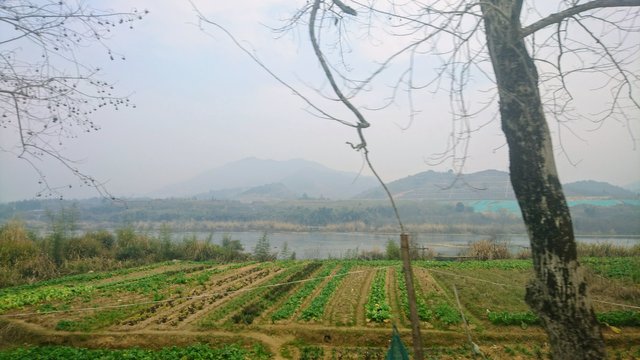
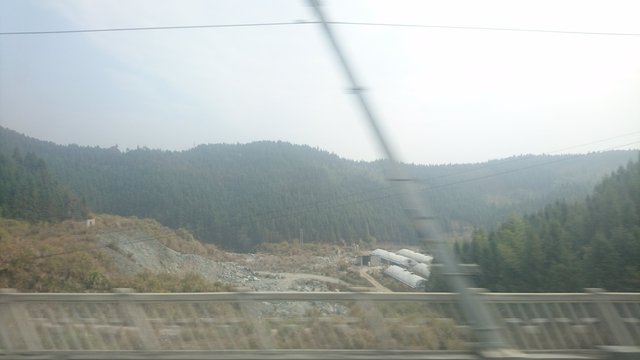
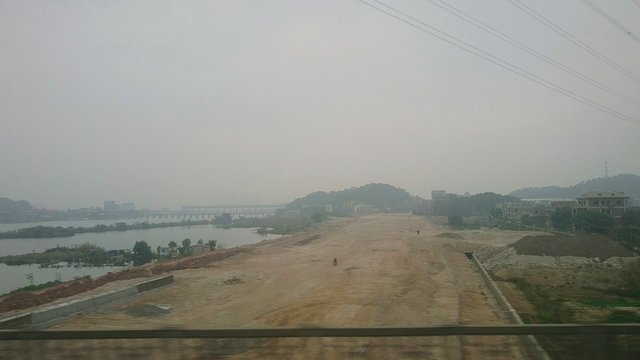
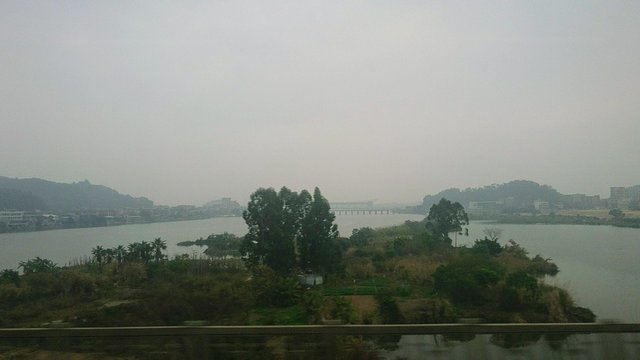
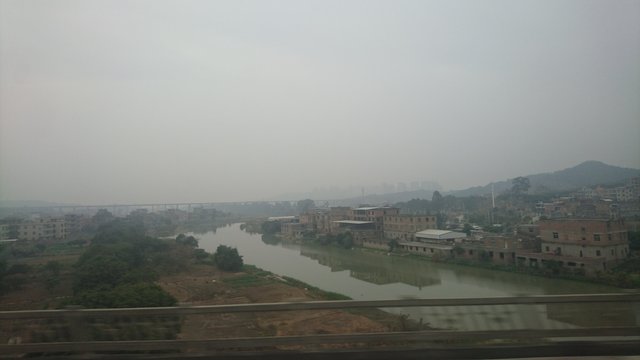
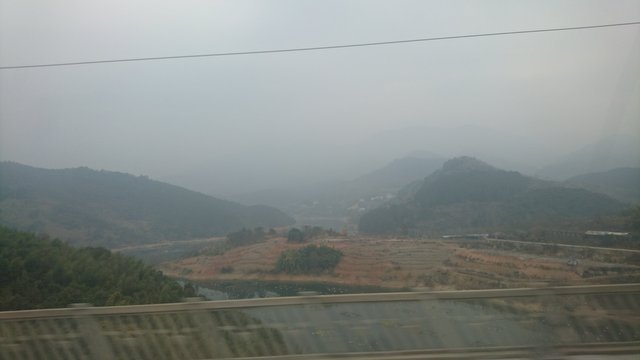
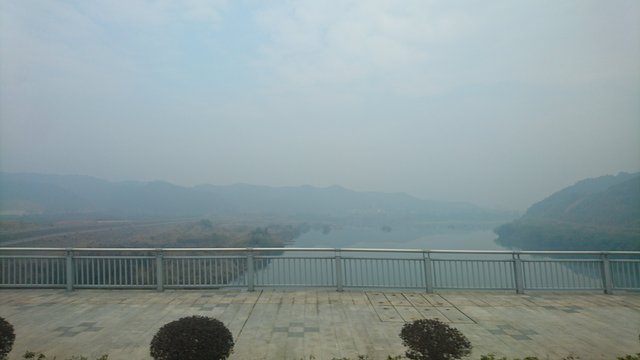
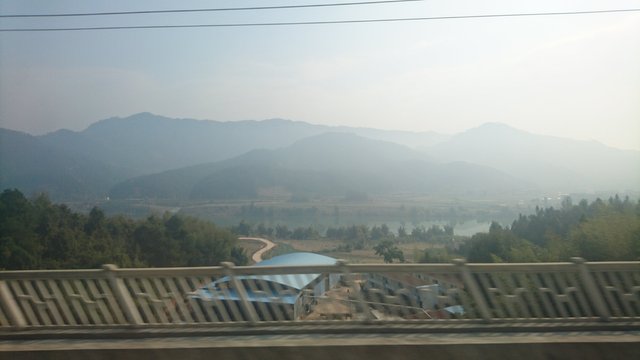
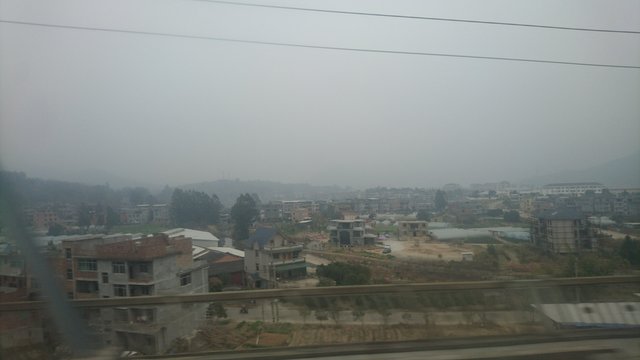
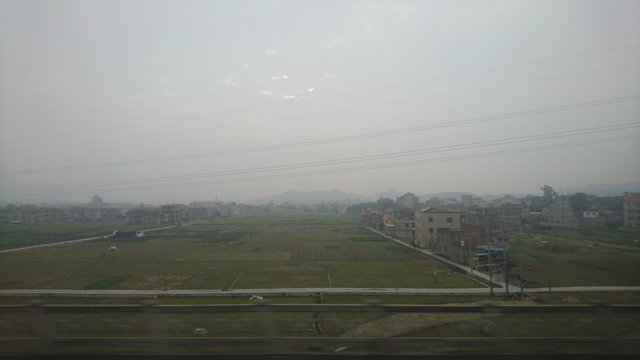
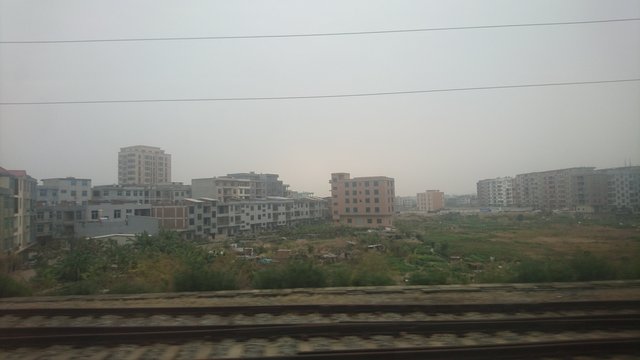
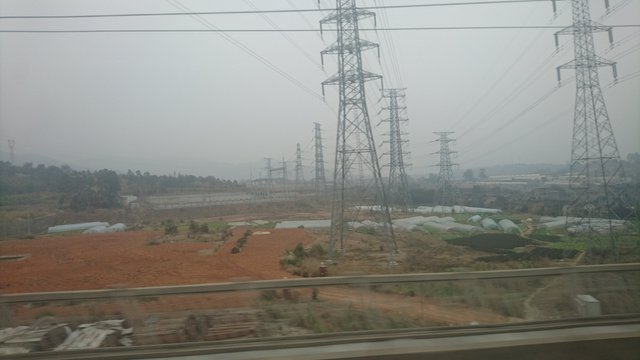
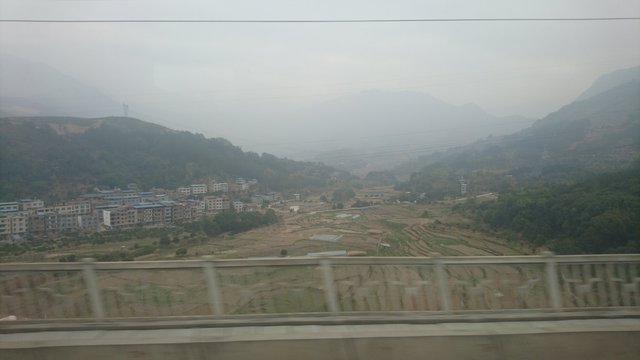
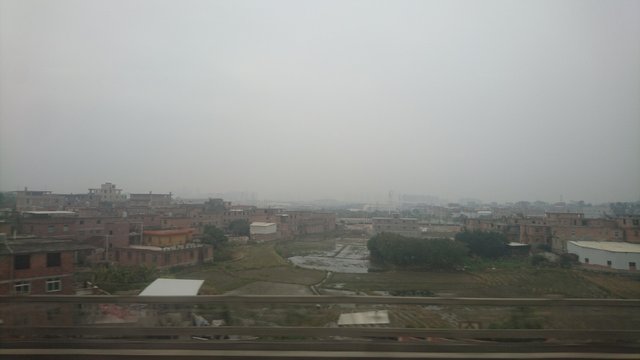
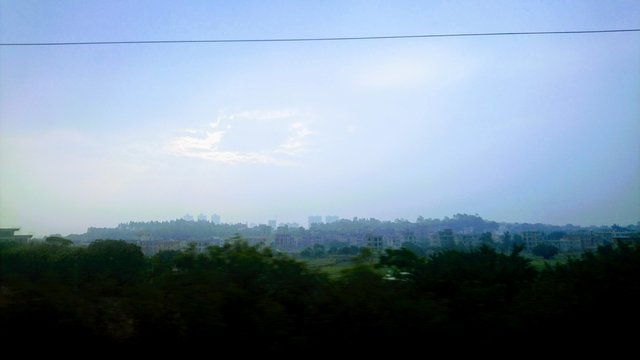
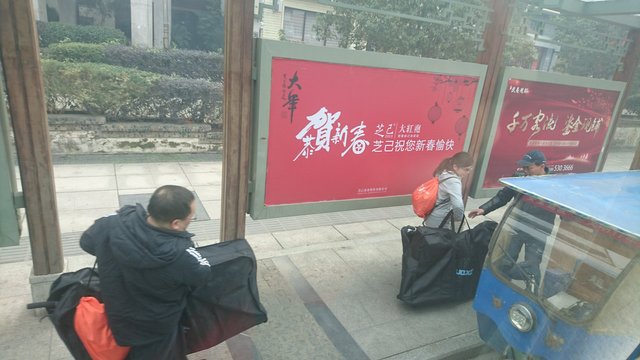
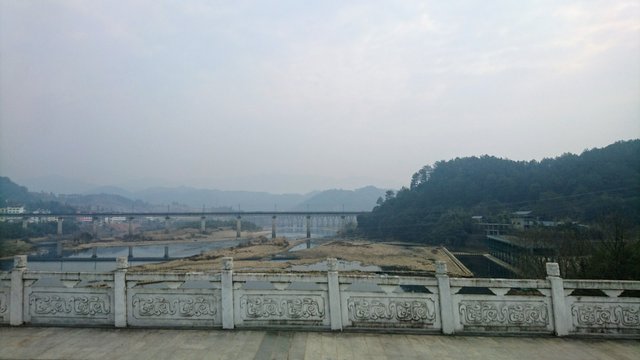
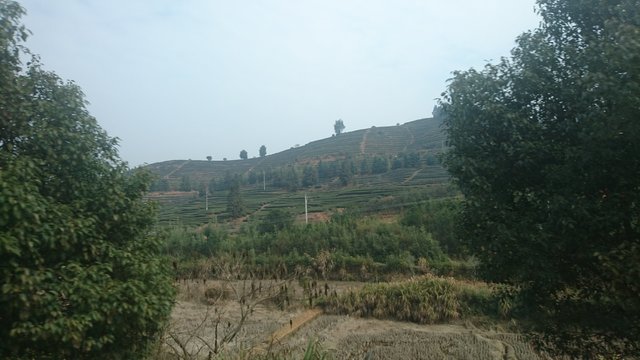
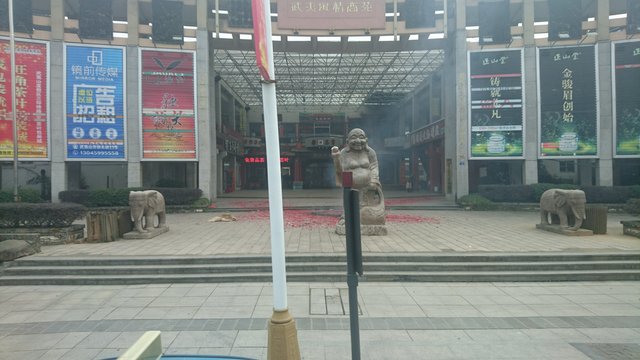
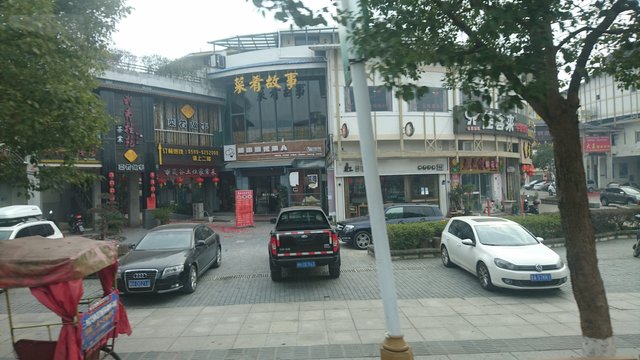
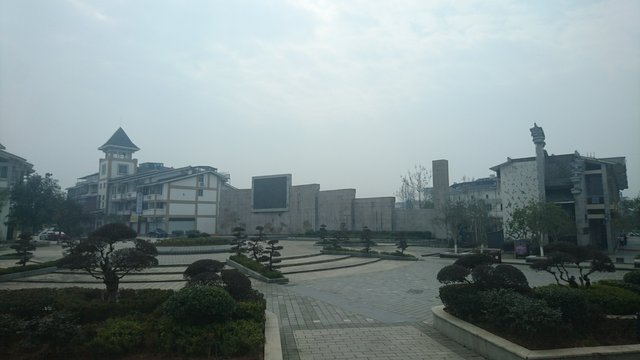
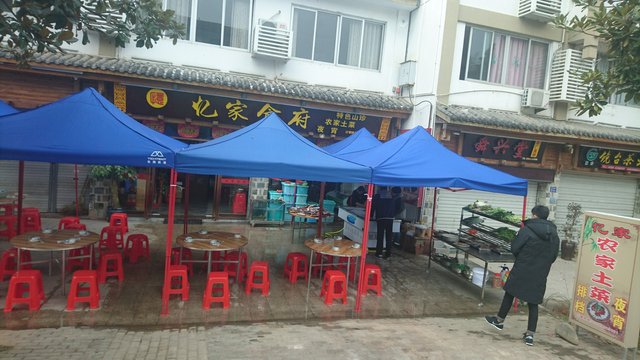
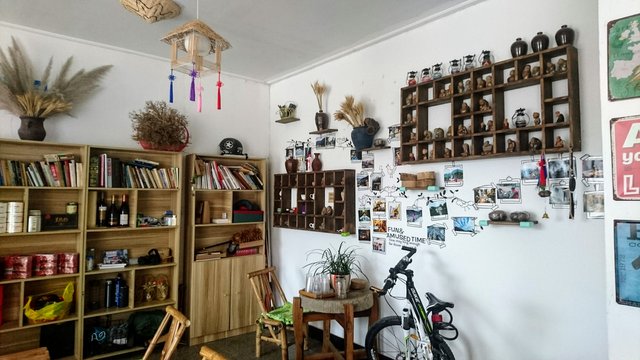
✅ Enjoy the vote! For more amazing content, please follow @themadcurator for a chance to receive more free votes!
Congratulations @legalnomad! You have completed the following achievement on the Steem blockchain and have been rewarded with new badge(s) :
Click here to view your Board
If you no longer want to receive notifications, reply to this comment with the word
STOPDo not miss the last post from @steemitboard: